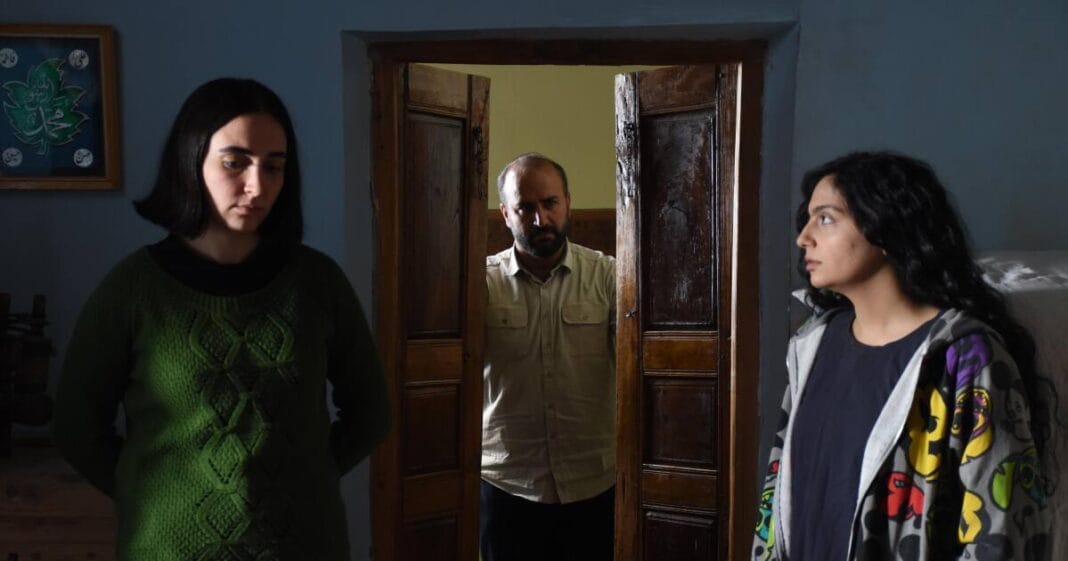Reality seeps into “The Seed of the Sacred Fig”: A Compelling Review
You are provided with a movie/webservices review article from a competitor, titled “Reality seeps into “The Seed of the Sacred Fig” in multiple ways, including ones that writer-director Mohammad Rasoulof couldn’t have imagined back when he shot this absorbing drama in secret. One of Iran’s signature filmmakers — and among those most often in the theocratic government’s crosshairs — the 52-year-old auteur, now living in exile in Europe, tells the story of a family whose social standing becomes threatened by simmering societal tensions right outside their door. In order to preserve the rigid status quo, the clan’s patriarch will do everything he can to keep the winds of change from invading his household and affecting his wife and daughters. By making the political personal, Rasoulof warns us that repression starts at home.
Conclusion
Summarize the news, reflecting on its broader implications or future outlook.
FAQs Section
1. What is the main theme of “The Seed of the Sacred Fig”?
The main theme of the movie revolves around family, societal tensions, repression, and the impact of political turmoil on personal lives.
2. Who are the main characters in the film?
The main characters include Iman, Najmeh, Rezvan, and Sana, who navigate the challenges posed by their changing social and political environment.
3. What inspired Mohammad Rasoulof to create this film?
The film was inspired by real-life events in Iran, including the death of student Mahsa Amini and the subsequent protests, which shed light on government oppression.
4. How does the film address the issue of complicity and denial?
The movie explores how individuals, like Iman and Najmeh, can unknowingly support oppressive systems through their actions and beliefs.
5. What challenges did Mohammad Rasoulof face during the making of the film?
Rasoulof had to film the movie in secret to avoid government scrutiny and censorship, adding layers of defiance and bravery to the storytelling.
6. What is the significance of the title “The Seed of the Sacred Fig”?
The title symbolizes the potential for growth and liberation within a repressive society, represented by Najmeh and her daughters in the film.
7. How does the film explore the dynamics of power within the family?
The film emphasizes the importance of questioning authority, standing up against injustice, and the potential for personal growth and liberation. The movie includes real protest footage and scenes of police brutality to enhance the authenticity and impact of the narrative. The film stands out for its bold storytelling, political commentary, and the courage of its creators in shedding light on societal issues despite facing government oppression.8. What is the overall message conveyed by the film?
9. How does the film incorporate real-life protest footage?
10. What makes “The Seed of the Sacred Fig” a significant film in Iranian cinema?
Tags: Iran, Mohammad Rasoulof, The Seed of the Sacred Fig, Family, Political Drama

